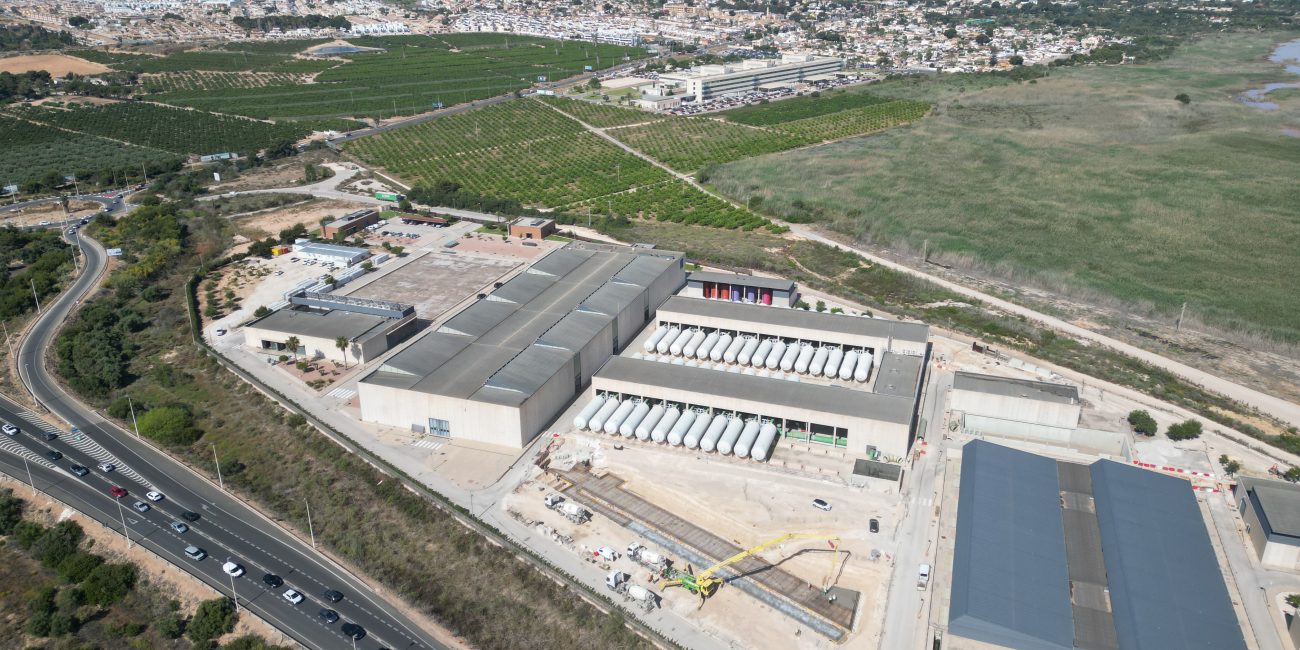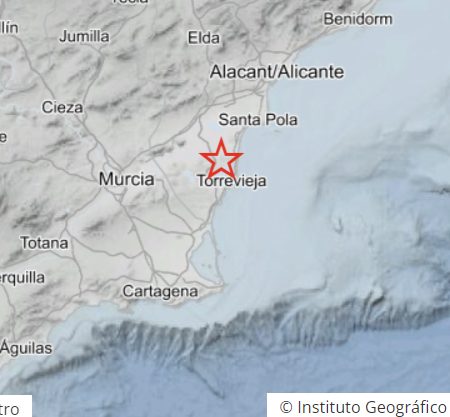Acuamed has already made their decision. The state-owned company in charge of constructing the solar park that will lower the cost of producing desalinated water at the Torrevieja plant has decided to modify and extend the contract with the company draughting the project for the final design of a facility on eight large agricultural plots spread across four municipalities. The infrastructure will be located far away from the urban centres of Almoradí, Los Montesinos, San Miguel de Salinas, and Orihuela.
Private project discarded
According to the Acuamed report, this is now the “only option” and rules out the acquisition of the private project from a renewable energy investment fund, although it already has an environmental impact statement. The Directorate General of Heritage rejected the company’s projected cost and raised concerns about paying leases for land that would not be state-owned, prompting the search for an alternative.
However, this new resolution pushes back the scheduled timeframe for full project approval until at least July 2026. The project’s budget has been increased by 15%, reaching €675,000.
More in construction
If the proposal proceeds, the work will be put out to tender, and the solar plant will be constructed, which will take at least a year and a half to complete. The intention is to build a facility spanning over 150 hectares with a notional installed capacity of more than 70 megawatts. It is anticipated that it will not be operational until mid-2027.
The facility will receive European cash for its construction, but it may lose it if it fails to reach certain milestones. As a result, it is unlikely that any further delays will occur.
Social rejection
The state-owned company states that once the documents for the first preliminary project were submitted and prior to their supervision, “it became aware” that the location chosen on the plain of Campo de Salinas de San Miguel, which concentrated the 200 hectares required for the solar park in an agricultural area for citrus crops, “had generated social opposition in the municipalities in the area and among the residents of San Miguel de Salinas.”
According to the study, the San Miguel de las Salinas Residents’ Association presented many alternate plans for the plant’s development. Other options were investigated, such as the compatibility of a solar photovoltaic plant construction project with a favourable environmental statement and a nominal installed capacity equivalent to Acuamed’s plans.
Alternatives
After analysing the various alternatives proposed by the Residents’ Association—the only entity to do so without the need for expropriations—which included installing a solar panel canopy over the AP-7 or the Campo de Cartagena canal after the transfer and ruling them out as viable, the possibility of taking over the private photovoltaic project promoted by a renewable energy investment fund was investigated.
The corporation assessed both the feasibility of this private proposal and another option, which included the development of eight subareas located within the limits of many municipalities in the region, remote from urban centres.
At the end of February, the Directorate General of State Assets issued a negative report on Acuamed’s proposed acquisition of the photovoltaic project. “The only option left was to divide the site into four municipalities and thus be as far away as possible from the urban centres in the area.” On April 2, 2025, the contractor provided the documentation necessary for an assessment of viability. However, because a new preliminary project must be draughted to define all of the new site’s characteristics and design, the contract must be updated and extended.
Because energy consumption accounts for 60% of the cost of producing desalinated water, the government must supply electricity to desalination facilities on its own. Water costs one euro per cubic metre. Torrevieja, for example, uses the water to irrigate intensive agriculture, producing 80 hectometres per year and planning to increase to 120. However, irrigators receive a subsidy of 0.40 euros. The remainder is covered by the state. As a result, there is a desire to reduce the amount spent on electricity.









No Comment! Be the first one.